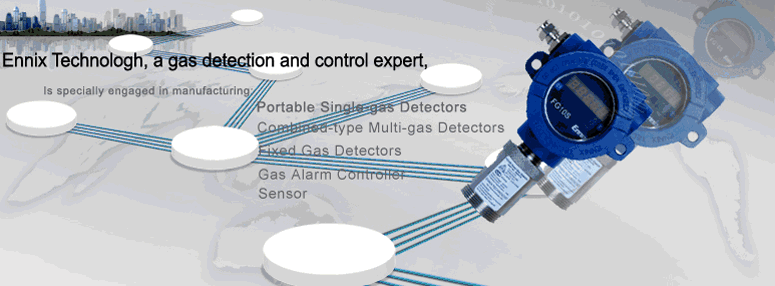Chlorine - CL2
Hazard: Flammable Will not explode
Classification: Health Extremely toxic
Oxidizing agent
Synonyms: Chlorine gas, molecular chlorine
Exposure limits: (OSHA) PEL\TWA: 1 ppm
(ACGIH) STEL: 1 ppm/ 15 min.
(OSHA) IDLH: 30 ppm / 30 min.
Industries: Municipal pools, pulp and paper, waste water treatments plants, Hazmat teams, railroad yards
Chlorine is greenish yellow gas with a characteristic pungent odor. Although not classified as an explosive gas, chlorine will react explosively or form an explosive compound when combined with substances like acetylene, ether, turpentine, ammonia, hydrogen, and fuel gas.
Chlorine derivatives are commonly used for their disinfectant properties. Chlorine is highly toxic. The toxins take their route through the lungs irritating the respiratory tract. High doses of chlorine gas can cause death quite rapidly.
Effects of Various CL2 Levels
Chlorine Level in PPM Resulting Conditions on Humans
.5 Permissible Exposure Level (OSHA, ACGIH)
3 Irritation of the mucous membranes, eyes, and respiratory tract.
3.5 Produces an easily detectable odor
15 Causes immediate irritation of the throat
30 Maximum exposure for 30 minute period
100-500 Pain, tightness in the chest, and death results from prolonged exposure |


